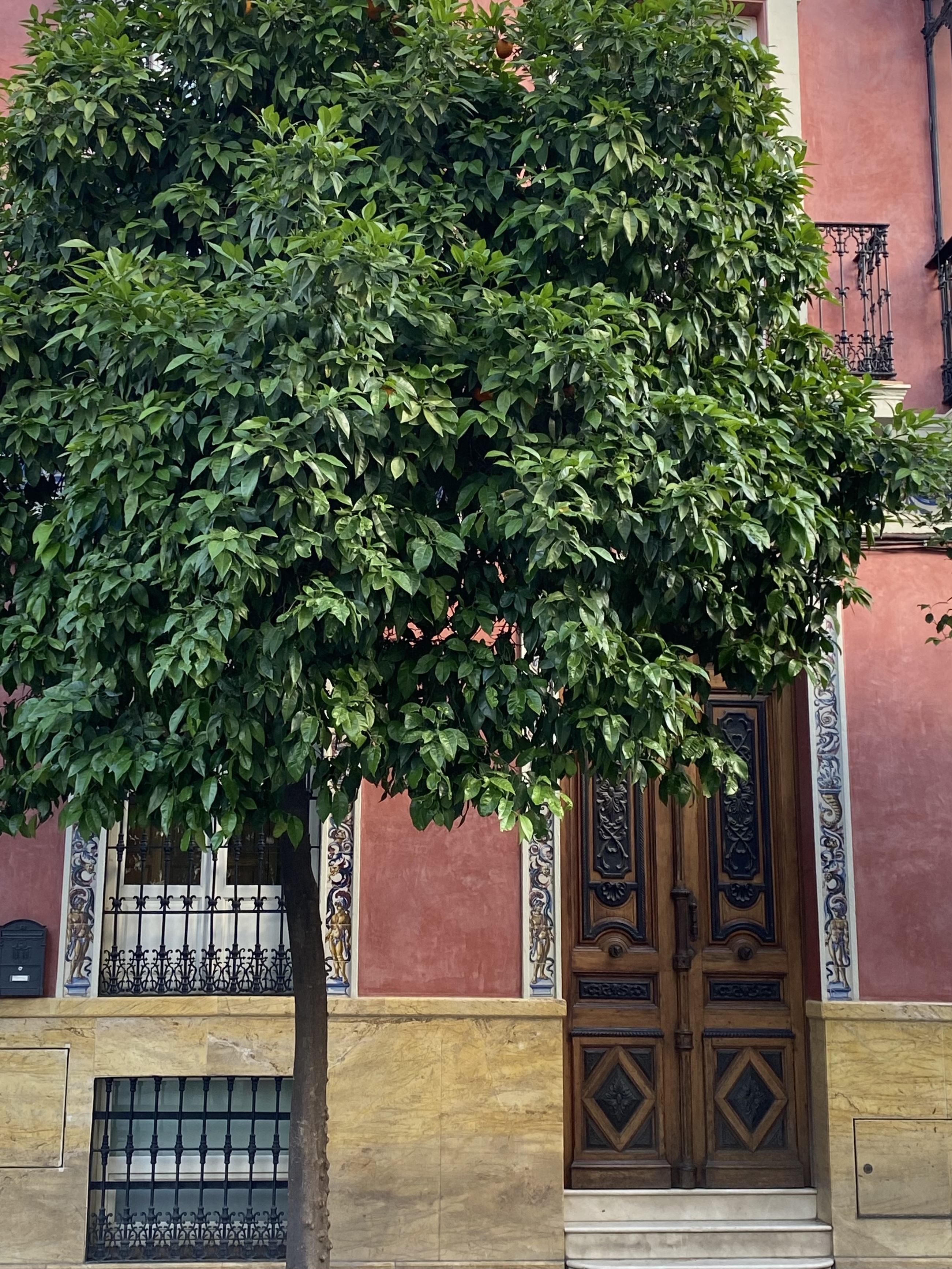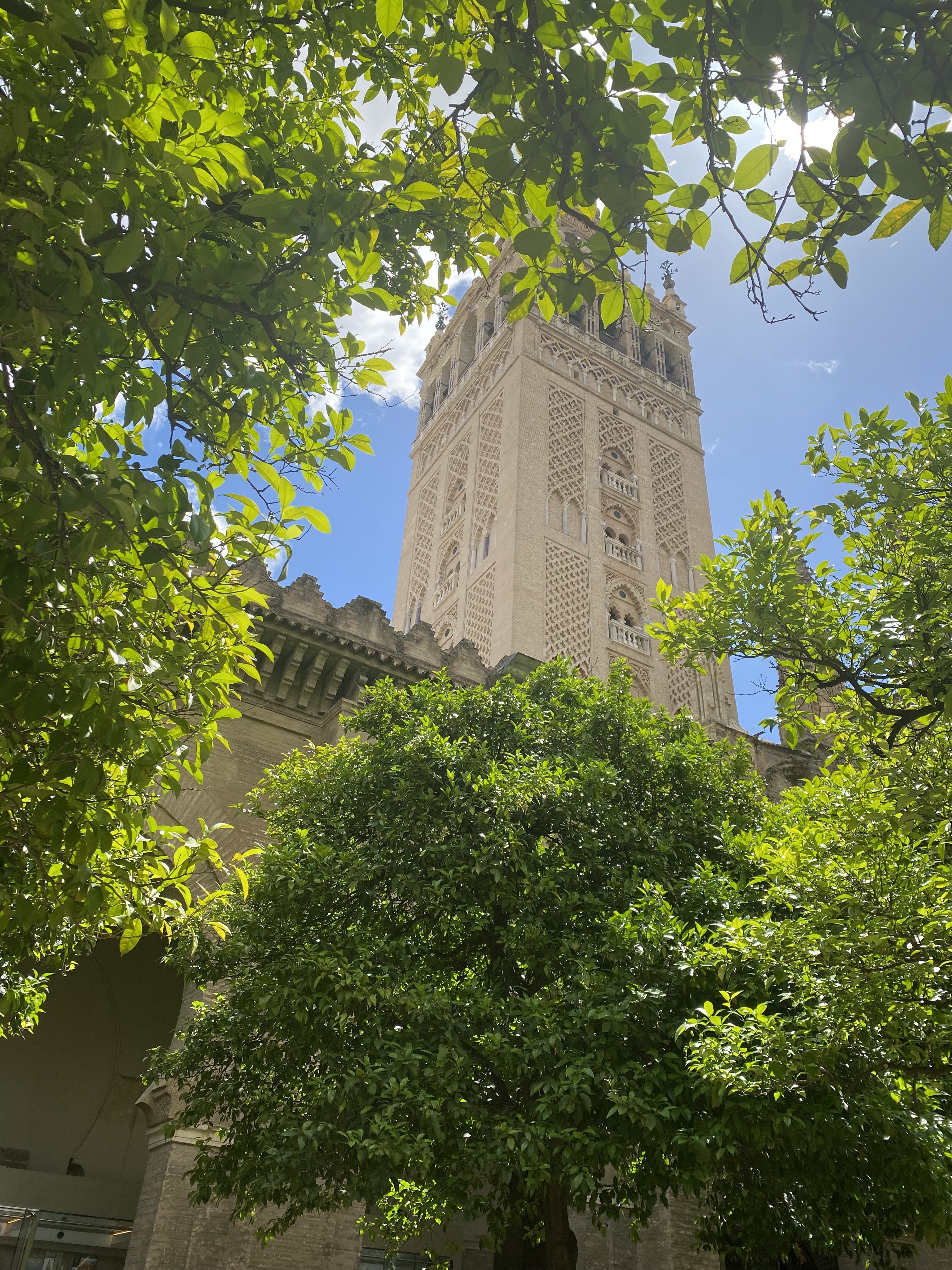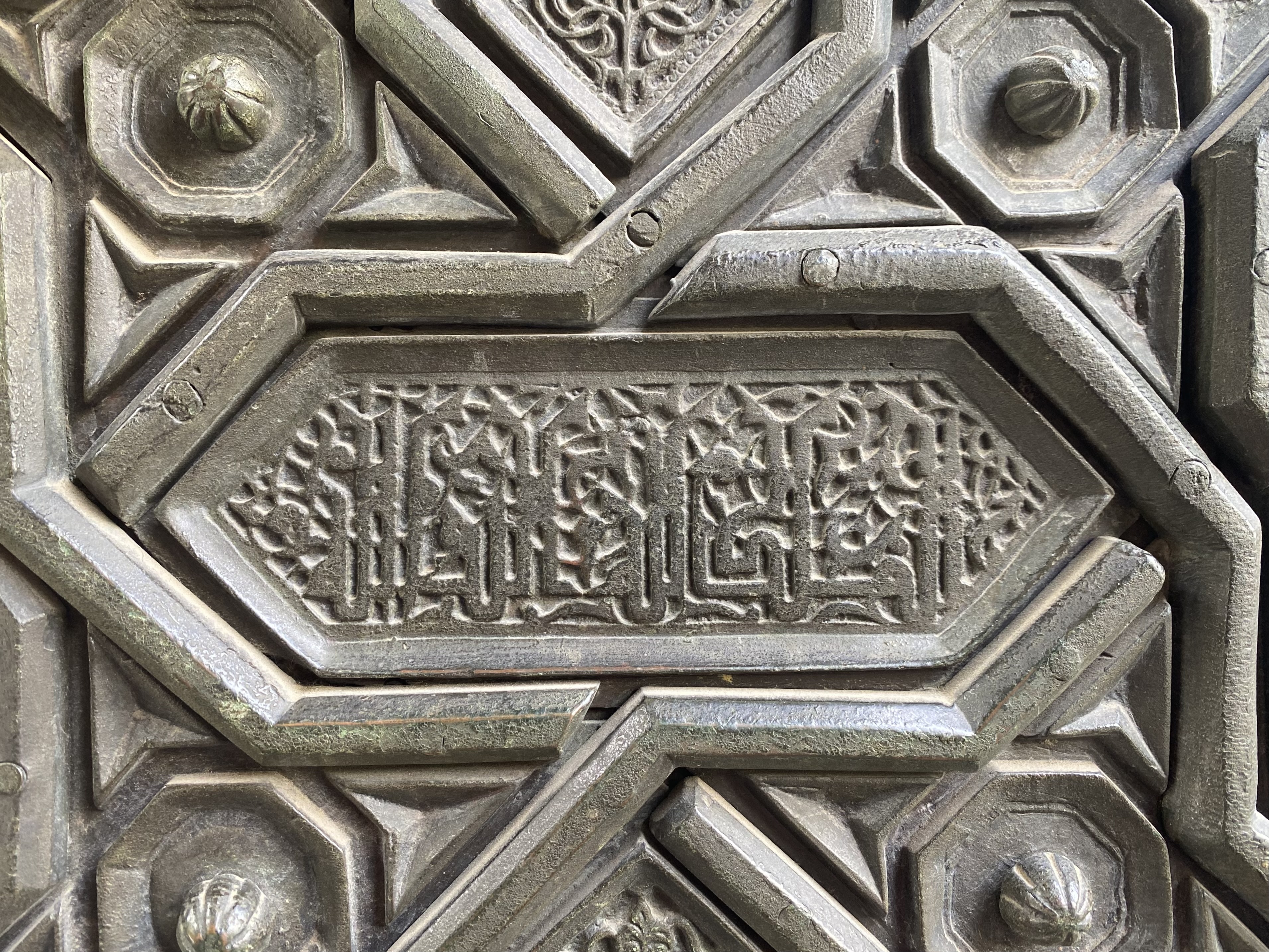The Scent of Memory in the Streets of Seville
There is no place on Earth to which I feel more connected than al-Andalus. I believe this bond comes not only from our shared identity as European Muslims, but also from the legacy of beauty, knowledge, and peaceful coexistence that once flourished here. To me, al-Andalus represents a vision of what a just and harmonious society could look like. And because I know how tragically it ended, I planned our trip already carrying a deep sense of emotion.
Our first stop was Seville. We were greeted by its charming streets adorned with ornamental orange trees. As we walked through the city, I found myself wondering: Who first thought to beautify every corner of the city with these stunning trees? Discovering the answer filled me with emotion and I gazed at the trees, my eyes filled up with tears.
Bitter oranges were first introduced to Spain by Muslim traders. Thriving in the warm southern Spanish climate, they provided much-needed shade in both public and private courtyards, as well as along city streets. In Europe, these oranges were considered exotic, and their vibrant color enhanced the aesthetics of the ornate gardens cultivated in Muslim Spain—gardens designed as serene spaces for contemplation and respite. These spaces benefited immensely from Islamic advancements in irrigation technology during the medieval period. The oranges of Andalusia, celebrated for their delicate blossoms in spring, frequently appeared in Islamic poetry—admired for their beauty and the enchanting fragrance often used in perfumery. Though bitter in taste and unsuitable for eating fresh, they are perfect for making marmalade, which remains a popular local specialty.

Seville’s center is dominated by its vast Gothic cathedral, the largest of its kind in the world, completed in 1507 on the site of the city’s former mosque. As is so often the case in southern Spain, this cathedral was built not only to showcase Seville’s wealth but also to symbolize the Christian victory over Islam.
Originally constructed by the Moorish Almohad dynasty in 1198, the mosque was seized by King Ferdinand III in 1248. It was immediately Christianized, but it wasn’t until 1401 that the decision was made to erase it from history and replace it with a Christian church. Today, only a few remnants of Seville’s mosque survive:
- The Puerta del Perdón (Gate of Forgiveness): The mosque’s original entrance, offering a glimpse into the architectural language of its builders and standing as a quiet reminder of a beauty now lost.
- The Giralda belltower: Originally the mosque’s minaret, later converted into a bell tower.
- The Patio de los Naranjos (Courtyard of the Orange Trees): Once the courtyard for ablutions, where worshippers purified themselves at the central fountain before prayer.

Standing in the Patio de los Naranjos, surrounded by trees once planted for ritual purification, I imagined the quiet footsteps of worshippers centuries ago. Even after five centuries of transformation, the courtyard still offers a sense of sacred stillness. In Seville, history is not just seen—it is felt. And for those of us who carry the memory of al-Andalus in our hearts, every stone and every tree speaks.
